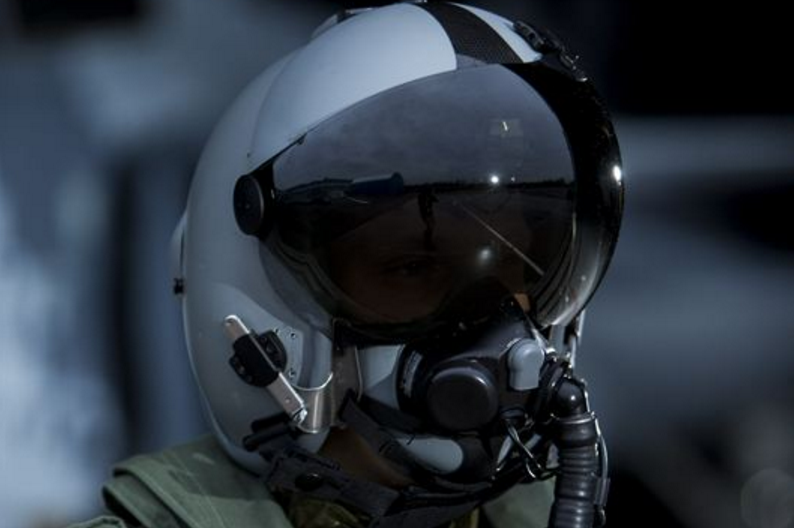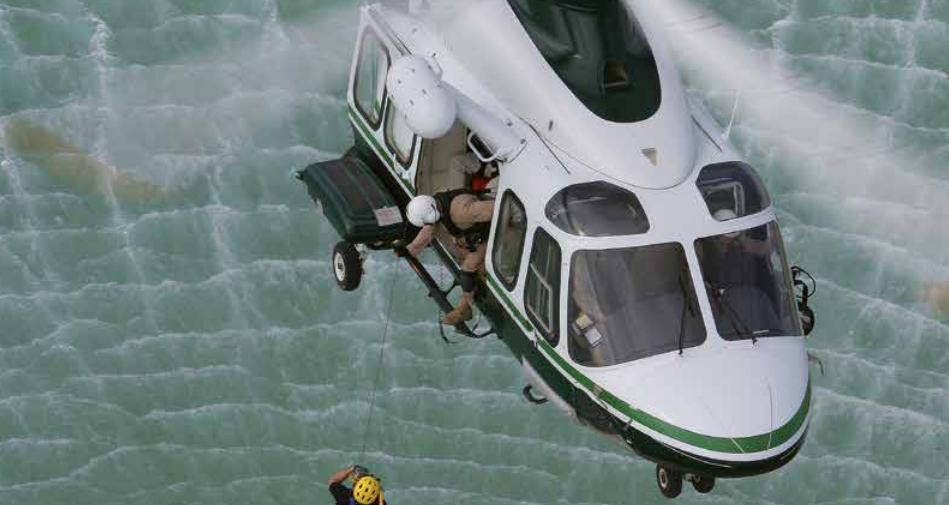2742Views 0Comments

Sweden orders Targo HMD/S for Gripen E/F
The Swedish Defence Material Administration (FMV) has ordered an unspecified number of Targo helmet-mounted display and sight (HMD/S) systems for the Swedish Air Force’s forthcoming JAS-39E/F Gripen multi-role fighters. The contract is valued at $13 million U.S.
In its official press release, Saab announced that it would manage the Targo HMD/S acquisition by ordering the HMD/S units from the Brazilian vendor AEL Sistemas (AEL), a Brazilian subsidiary of the Israeli defence electronics vendor Elbit Systems.
Sweden is procuring the Targo HMD/S as part of its offset commitment to the Brazil, which has an order in place for 36 JAS-39E/F. The Swedish Air Force can expect to receive its Targo units from 2022 through 2026 (i.e. in concert with the induction of its Gripen E/F).
Notes & Comments:
Elbit markets the Targo II as the latest iteration of the Display and Sight Helmet (DASH) system, which is not only a popular HMD/S, but is the underlying platform of the widely embraced Joint Helmet Mounted Cueing System (JHMCS). It appears that the Targo II utilizes digital display technology, which is also being applied to the JHMCS II and is seeing adoption in competing HMD/S systems, such as the BAE Striker II.
The JAS-39C/D utilizes the Cobra HMD, which was developed in collaboration with BAE Systems and Denel Optronics. The BAE Striker II is also marketed as an option for the Gripen, but the Sweden’s decision to adopt the Targo II is a pivot (albeit one in great driven by Saab’s offset commitments to Brazil).
Terminology:
Helmet mounted display and sight (HMD/S) systems are an industry standard cockpit component of modern combat aircraft, be it fixed-wing fighters or attack helicopters.
The most basic function of an HMD/S system is to ‘slave’ the heat-seeker of a high-off-boresight (HOBS) within-visual-range air-to-air missile (WVRAAM) to the pilot’s naked eye.
In other words, the pilot can acquire a lock of a target by literally being able to bring the target to his or her sight. The advantage of this capability stems from the fact the time and effort required to track and engage a target is significantly reduced, especially in a close quarters dogfight where considerable effort is exerted in maneuvering one’s aircraft into a position of being able to lock and engage a target.
For additional information, see Quwa’s brief on HMD/S technology.


